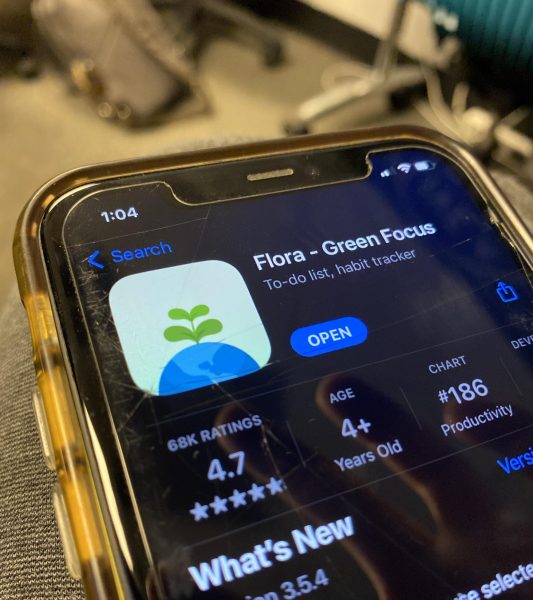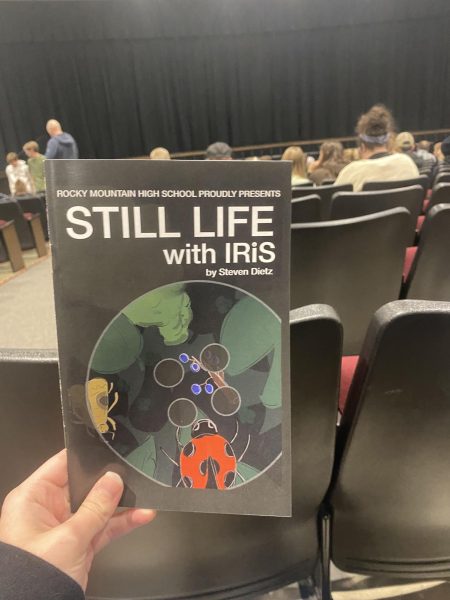The Necessity of Drug Harm Reduction Education
Currently, the government’s approach to limiting the use of drugs is focused on prohibition and criminalization. This ultimately fails as it fails to address the causes of addiction and because many people are not deterred by illegality. This strategy is especially problematic in the context of schools. Many curriculums have not been updated since the Reagan Administration’s DARE program. While rates of overall drug use among teens have dipped in recent years, overall overdose rates are still very high in the United States. In 1999 there were 1,960 drug overdoses that involved heroin. In 2016 there were 15,469. An important part of the solution to this public health crisis is educating students about the specific risks that drugs pose, and accepting that inevitably, some of them will do drugs.
Once educators accept that fact, they can start providing resources to students who sell or use drugs. The ultimate goal would be getting them on the path to sobriety, but at the very least, it could reduce mortality rates from overdoses. Unfortunately, most schools are too tight on resources to do much more than refer to other services or teach in the classroom. This still has a lot of potential to reduce health risks and fatalities associated with drug purity, safely quitting use of a drug, and dangerous combinations.
A key driver of rising overdose rates in the United States is the emergence of new, untested, and oftentimes more dangerous drugs. These are drugs that were created with the goal of circumventing bans on drugs that address specific substances. Fentanyl is one such drug. In recent years, synthetic opioids have become present in more than half of all heroin overdoses. Very few people are aware of the fact that there are ways to test drugs for the presence of these other, even more deadly chemicals. For instance, Fentanyl test strips are relatively widely available. If their use became more widespread, drug test kits could reduce the number of overdoses by helping people avoid drugs that have been cut with more dangerous ones.
There are also a range of reagent kits available online designed for the testing of various drugs. These kits could save the lives of not just opiate users, but all people who do drugs. 25-I NBOME is another substance that was recently introduced by people trying to find loopholes in the law. Often misrepresented as another drug, 25-I is highly toxic and even more dangerous than the substances it was designed to replace. According to the DEA, 25-I killed 19 people between March 2012 and August 2013, spurring it’s ban. It is hard to find reliable and current numbers for how many people are killed by drugs like these, because they are usually not screened for in autopsies.
A review of the scientific literature reveals that just one or two “tabs” of 25-I can result in someone needing serious medical attention. A similar review focused on LSD shows that an average dose is 100 micrograms, and that Mice have an LD50 of 46-60 mg/kg. LD50 refers to the dose which causes death in one half of an experimental population. If humans have the same LD50 (a huge assumption) then a typical person would have 50-50 odds of surviving a dose of 3.844e+10 standard doses. While neither scenario is ideal, it is much safer for people to use LSD. If more people can test the drugs they buy for the presence of chemicals such as 25-I NBOMe or Fentanyl, it could save lives.
In an ideal world, schools could provide maintenance drugs to students to help them avoid potentially life threatening withdrawals. Unfortunately, such a policy would be politically and financially infeasible. As a middle ground, schools need to make sure that people know suddenly discontinuing use of certain drugs can be life threatening. The highest risk chemicals are Benzodiazepines ( e.g. Xanax, Klonopin, Valium) and Opioids (e.g. Heroin, Codeine, OxyContin, Vicodin). Withdrawal can cause seizures and even death for all of those chemicals. It’s important to note that a legal drug, alcohol, does the same thing in extreme cases. Prescription of harder to abuse, i.e. slower acting and longer lasting chemicals can avert a potentially fatal withdrawal. Some medications, such as Naltrexone, can even block the effects of opioids or reduce cravings for alcohol. While neither of these things can be done by a school, drug education classes can direct the pupils who can afford such treatment in the right direction.
Another way schools could reduce drug-associated deaths is by providing information about which combinations of drugs are the most deadly. Certain substances can cause death when combined with each other, even with relatively small amounts of each. A simple google search of “drug combination chart” will turn up millions of results. The most important combinations to teach about are the ones people will have the most access to. The most important is likely to be not mixing alcohol and Benzodiazepines, as both are idealized in pop culture.
What is currently taught in schools about drug use is woefully inadequate. Many classes do not go further than “just say no.” Seeing as this curriculum is part and parcel of the “War on Drugs,” it is hard to imagine it changing anytime soon. The policies described in this article do not exist in the real world, but they do offer a vision of an ideal one.
In an ideal world, the government would provide people with these treatments for free. This would do a lot to alleviate the problems of homelessness and drug overdoses in the United States. Homelessness and addiction are two vicious cycles that feed each other. For someone who is living on the streets, even a relatively mild withdrawal would leave them vulnerable to assault and other violent crimes, just to start. If the government decided to help these people instead of criminalize them, it would provide them with maintenance drugs, as well as shelter and an opportunity for a job. While the current senate passing all of this into law is unimaginable, we have entered an unprecedented time of rapid political change in America.
Citations
- “Real Drug Education.” Drug Policy Alliance, n.d., www.drugpolicy.org/issues/real-drug-education.
- NIDA. 2019, December 18. Monitoring the Future Survey: High School and Youth Trends DrugFacts. Retrieved from https://www.drugabuse.gov/publications/drugfacts/monitoring-future-survey-high-school-youth-trends on 2020, October 11
- Suzuki, Joji, et al. “Toxicities Associated with NBOMe Ingestion-a Novel Class of Potent Hallucinogens: a Review of the Literature.” Psychosomatics, U.S. National Library of Medicine, 2015, www.ncbi.nlm.nih.gov/pmc/articles/PMC4355190/.
- Sharp , Amelia, and Amanda Lautieri. “Drug Withdrawal Symptoms, Timelines, and Treatment.” Edited by Scot Thomas, American Addiction Centers, 2020, americanaddictioncenters.org/withdrawal-timelines-treatments.
- Passie, Torten, et al. “The Toxicology of Lysergic Acid Diethylamide: A Review.” Maps.org, CNS Neuroscience and Therapeutics , 2008, maps.org/research-archive/w3pb/2008/2008_Passie_23067_1.pdf.
- “Three More Synthetic Drugs Become Illegal For At Least Two Years.” DEA, 15 Nov. 2013, www.dea.gov/press-releases/2013/11/15/three-more-synthetic-drugs-become-illegal-least-two-years.
- “Overdose Death Rates.” National Institute on Drug Abuse, 10 Mar. 2020, www.drugabuse.gov/drug-topics/trends-statistics/overdose-death-rates.

Jaden is a Senior at Rocky who competes for the Debate and Tennis teams. He is still upset that Taco Bell stopped selling Quesaritos, and enjoys camping....





